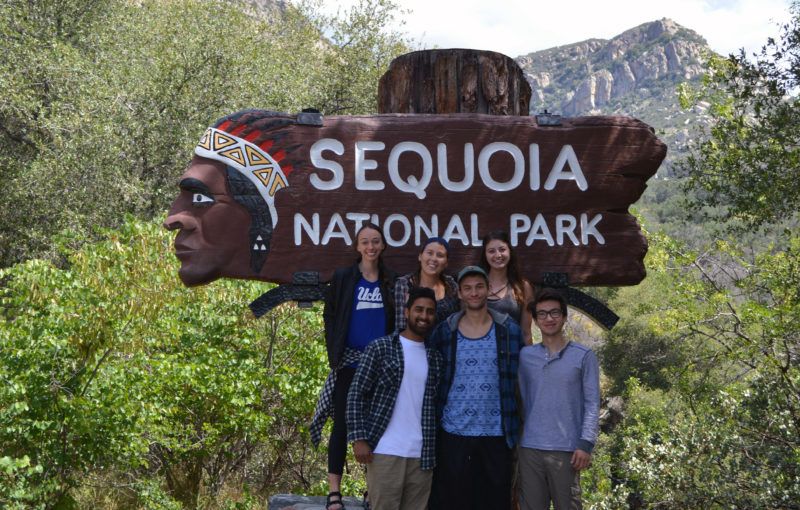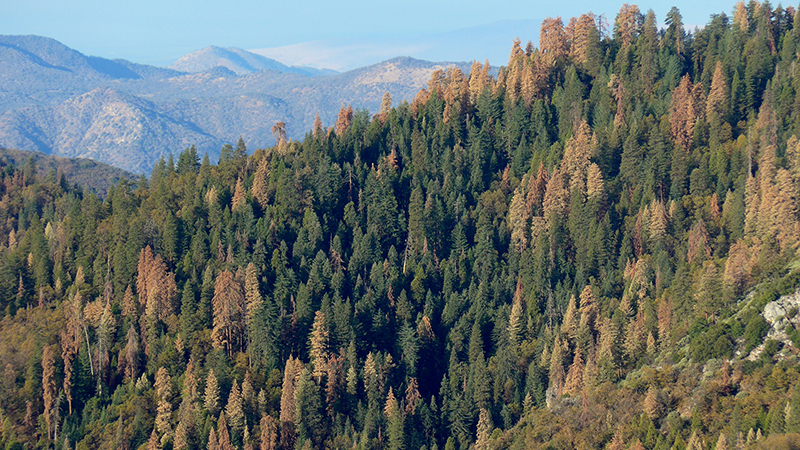The San Joaquin Valley, located in eastern-central California, is one of the most agriculturally productive regions in the world despite its hot, dry climate. However, increasing pressure from agricultural and other human activity has drastically altered the Valley’s landscape—95% of the Valley’s original natural habitat is gone. The remaining habitat is highly fragmented, separating once contiguous open space into increasingly smaller, isolated patches and leading to potentially severe impacts on wildlife. The initial impacts of climate change will only worsen the effects of fragmentation, and thousands of species may ultimately be forced to migrate or adapt to increasing temperatures and shrinking habitat or face being wiped out.
Neighboring the San Joaquin Valley to the east are Sequoia and Kings Canyon National Parks, also known as “SEKI,” which have the potential to serve as a refuge for wildlife and biodiversity in the San Joaquin Valley. SEKI contains a wide range of ecological zones and a steep elevational gradient with a variety of habitat types. By connecting habitat in the foothills and valleys outside the parks, to protected habitat inside the parks through a series of wildlife corridors, remaining populations of native species in the San Joaquin Valley may have the opportunity to migrate to safety in higher elevations as their current habitat becomes increasingly fragmented, degraded, or destroyed by climate change and other anthropogenic stresses. Our team will analyze and map potential wildlife corridors as an important first step in mitigating the impacts of fragmentation on biodiversity through connecting at-risk fragmented wildlife communities in the San Joaquin Valley to the relative security of SEKI.

Students: Paul Barton, Inan Chowdhury, Kaitlyn Heck, Carly Messex, Melissa Rose, Alex Wolfson
Advisor: Noah Garrison
Client: National Park Service—Sequoia National Park


